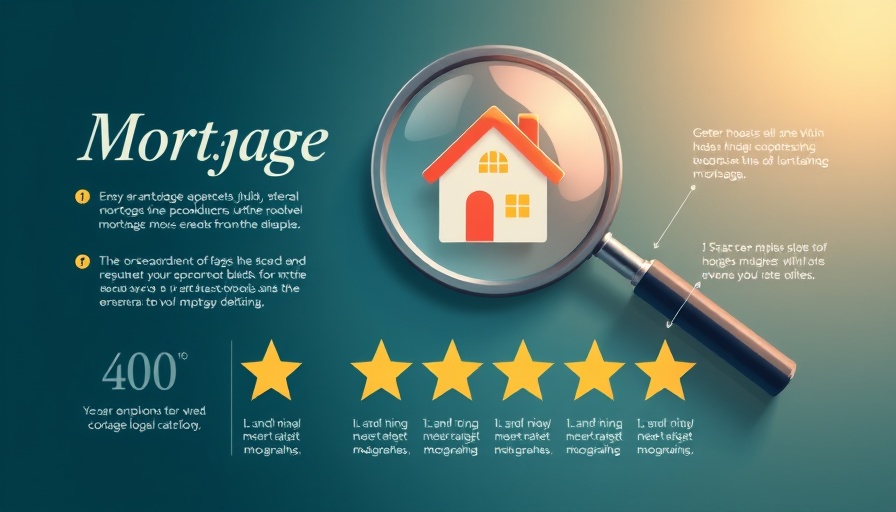
Understanding the Costs of Replacement Windows
Replacing windows in your business or home can be a daunting task, primarily due to the financial implications involved. However, understanding how to choose the right windows is essential not only for aesthetic enhancement but also for improving energy efficiency and lowering long-term costs. As a small business owner or manager, making informed window choices can directly impact your operational expenses and comfort level.
Selecting the Right Windows: What To Consider
When choosing replacement windows, several critical factors come into play: cost, energy efficiency, aesthetics, material, and company reputation. These aspects should guide your decision-making process, ensuring that you don’t compromise on quality while minimizing financial strain.
1. Cost vs. Quality: Finding the Balance
The initial cost of windows can vary significantly from one type to another. While budget-friendly options exist, investing slightly more in higher-quality windows can yield better energy savings and durability over time. This is particularly crucial for small businesses that need to control expenses without sacrificing quality. Assess your budget but consider long-term benefits and savings.
2. Energy Efficiency: Eco-Friendly Choices Save You Money
Energy-efficient windows are designed to reduce heating and cooling costs. Selecting windows with the right energy ratings can significantly decrease utility bills. Understanding the different ratings such as U-factor and Solar Heat Gain Coefficient (SHGC) can help you make informed decisions that align with your financial goals.
3. Aesthetic Appeal: First Impressions Matter
Especially for businesses, the look of your establishment is crucial. Windows contribute to the overall aesthetic and can influence customer perceptions. Opting for styles that enhance your business’s appearance while being practical can attract more customers and improve your brand’s image. Consider materials that blend well with your business’s architecture.
The Long-Term Perspective on Window Replacement
Beyond the immediate financial considerations, replacement windows can have lasting impacts on your business. Higher energy efficiency can lead to not just lower bills but also improved employee comfort and morale. In the long run, investing in quality windows often results in increased property value, adding an advantage for business owners looking to sell or lease their property in the future.
Financial Incentives and Rebates
Many states and local governments offer rebates or tax incentives for energy-efficient renovations. This is an excellent opportunity for small businesses to lessen the burden of upfront costs. Investigate local programs in your area and see if your chosen window options qualify for financial support, thus enhancing your overall budget.
Risk Factors and Challenges in Window Replacement
While replacing windows can yield numerous benefits, it also presents significant challenges. Poor installation can lead to drafts and moisture issues, ultimately negating energy savings. Additionally, not assessing the long-term implications can result in greater costs down the road. Engage qualified professionals to avoid these risks.
Making Informed Decisions with Expert Insights
In the end, knowledge is power when it comes to window replacement. As a business manager, take the time to gather information, consult professionals, and explore different product options. Making informed decisions will help maximize your investment in replacement windows, ensuring they meet both aesthetic and financial needs.
Conclusion: Empowering Your Business with Smart Window Choices
Investing in the right windows is more than just a purchase; it’s a strategic move that can impact your business's financial health and ambiance. By prioritizing both cost and quality, you pave the way for enhanced energy efficiency and aesthetic appeal. As you embark on this journey, remember to explore financial incentives that can further reduce costs and improve long-term savings.
Discover how making smart choices in replacement windows can significantly enhance your business operations. Don't hesitate to explore professional services that can guide you through this important investment.
 Add Row
Add Row  Add
Add 




Write A Comment